Exploring the Web3 World: The Future of the Internet
Introduction
The advent of Web3 has revolutionized the way we perceive and interact with the internet. Unlike its predecessors, Web3 is built on the principles of decentralization, transparency, and user empowerment. This article aims to delve into the world of Web3, discussing its underlying technologies, advantages, and potential applications. From blockchain technology to smart contracts, we will explore the key components that make up this new era of the internet.
1. Understanding Web3
Web3, short for "Web 3.0," refers to the next evolution of the internet. It represents a paradigm shift from the traditional client-server model to a decentralized architecture. In Web3, data and applications are distributed across a network of nodes, eliminating the reliance on centralized entities for control and storage.
2. The Role of Blockchain
Blockchain technology plays a vital role in Web3. It serves as the underlying foundation for decentralization by providing a secure and transparent way to record and verify transactions. Through its distributed ledger, blockchain ensures data integrity and immutability, making it an ideal solution for various web applications.
3. Empowering Users with Web3
One of the key advantages of Web3 is its user-centric approach. Unlike the Web2 era, where users' data and digital identities were largely controlled by centralized platforms, Web3 puts the power back into the hands of individuals. Users have full control over their data, deciding how and with whom to share it.
4. Smart Contracts: Automating Transactions on Web3
Smart contracts are self-executing contracts with the terms of the agreement directly written into lines of code. These contracts automatically execute when specific conditions are met, eliminating the need for intermediaries. Web3 harnesses the power of smart contracts, enabling peer-to-peer transactions that are secure, efficient, and tamper-resistant.
5. Applications of Web3
Web3 has the potential to disrupt numerous industries and enhance various aspects of our lives. Some notable applications include decentralized finance (DeFi), supply chain management, voting systems, and digital identity verification. By removing intermediaries and increasing transparency, Web3 offers more efficient, secure, and inclusive solutions.
Conclusion
Web3 is paving the way for a new internet era characterized by decentralization, transparency, and user control. As blockchain technology and smart contracts continue to evolve, the possibilities for Web3 applications are endless. Embracing this paradigm shift can lead to a fairer, more secure, and empowering digital future.
Related Questions:
1. What are the key differences between Web2 and Web3?
The transition from Web2 to Web3 involves significant changes in architecture, control, and user empowerment. While Web2 is centralized and controlled by large platforms, Web3 is decentralized and empowers users to control their data and online interactions.
2. How does blockchain ensure security and transparency in Web3?
Blockchain's decentralized nature and cryptographic principles ensure security and transparency in Web3. Through consensus mechanisms and cryptographic hashing, transactions and data stored on the blockchain are tamper-resistant and cannot be easily altered or manipulated.
3. What are the potential challenges faced by Web3?
Web3 still faces challenges such as scalability, user adoption, and regulatory frameworks. Overcoming these challenges requires technological advancements, education, and collaboration among various stakeholders.
4. How can Web3 revolutionize industry sectors like finance and supply chain management?
Web3 can transform finance by enabling decentralized financial services, eliminating the need for intermediaries, and increasing financial inclusivity. In supply chain management, Web3 can enhance transparency, traceability, and efficiency, reducing fraud and ensuring ethical practices throughout the supply chain.



